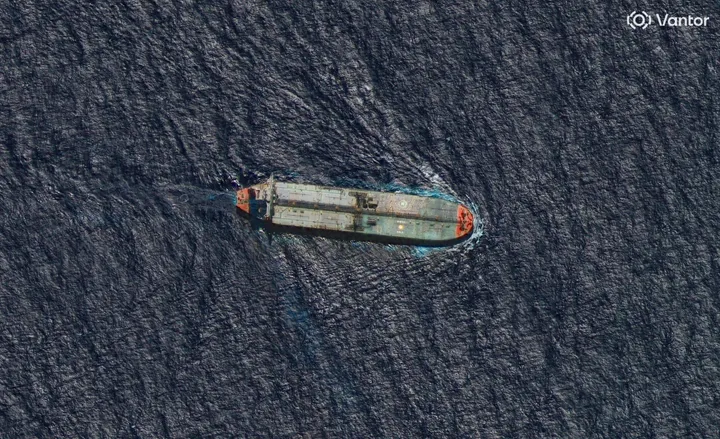NASA has launched the most powerful rocket ever built on a journey to the Moon, marking the start of the space agency's new flagship programme: Artemis.
The 32-storey tall Space Launch System (SLS) blasted off from the Kennedy Space Center in Florida at 0647 GMT (01:47 am local) on Wednesday.
"We are going," tweeted the space agency as the rocket launched in a spectacular blaze of light and sound.
Fixed to its top was the uncrewed Orion spaceship that will later separate and complete an orbit-and-a-half of Earth's nearest neighbour for a test run.
The launch came despite technical issues as engineers were forced to pause the flow of liquid hydrogen into the core stage on Tuesday night because of a valve leak, though the problem was resolved after an hour.
A radar site monitoring the rocket's flight path was also experiencing problems due to a faulty ethernet switch that had to be replaced.
The third time was the charm for NASA after two previous launch attempts were cancelled for technical reasons. The launch was also delayed due to weather setbacks, including Hurricane Ian which battered Florida in late September.
READ MORE:NASA postpones its Artemis mission, again
Far side of the Moon
Rather than landing on the Moon, Orion will assume a distant orbit, venturing 64,000 kilometres (40,000 miles) beyond the far side, further than any other habitable spacecraft so far.
Finally, Orion will embark on the return leg of its journey. When passing through the atmosphere, the capsule's heat shield must withstand a temperature half as hot as the Sun's surface.
The mission will last 25 and a half days, with a splashdown in the Pacific Ocean on December 11.
NASA is banking on a successful mission after developing the SLS rocket for over a decade.
It will have invested more than $90 billion in its new lunar program by the end of 2025, according to a public audit.
Artemis 2 will involve a flyby of the Moon with astronauts in 2024, while Artemis 3 will see boots on lunar soil, no sooner than 2025.
The Artemis mission will see the first woman and first person of colour touch down on lunar soil by the mid-2020s.
The US last sent astronauts to the Moon during the Apollo era, from 1969-1972.
This time it hopes to build a sustained presence, including a lunar space station, to help prepare for an eventual mission to Mars.
READ MORE: 'Brightest' flash of light ever detected captivates astronomers
























